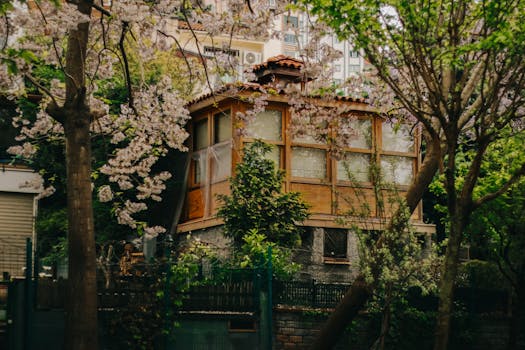
Urban Green Spaces: The Future of Outdoor Living in European Cities by 2025
Urban Green Spaces are becoming increasingly important in European cities, and for good reason. Urban Green Spaces are not only aesthetically pleasing, but they also provide numerous benefits for the environment, public health, and the economy. In this article, we will explore the future of outdoor living in European cities and how urban green spaces will play a crucial role in shaping it.
What are Urban Green Spaces?
Urban green spaces refer to any area in a city that is covered with vegetation, such as parks, gardens, green roofs, and green walls. These spaces can be public or private and can range in size from small gardens to large parks. Urban green spaces are designed to provide a tranquil escape from the hustle and bustle of city life, while also promoting biodiversity, mitigating the urban heat island effect, and improving air quality.
The Benefits of Urban Green Spaces
The benefits of urban green spaces are numerous and well-documented. Some of the most significant advantages of urban green spaces include:
- Improved Public Health: Urban green spaces have been shown to improve mental and physical health by reducing stress, improving air quality, and promoting physical activity.
- Environmental Benefits: Urban green spaces help to mitigate the urban heat island effect, reduce stormwater runoff, and promote biodiversity.
- Economic Benefits: Urban green spaces can increase property values, attract businesses and tourists, and create jobs.
The Future of Outdoor Living in European Cities
By 2025, European cities are expected to become even more urbanized, with an estimated 80% of the population living in cities. As a result, there will be a growing need for urban green spaces that can provide a high quality of life for citizens. In response to this trend, many European cities are already investing in green infrastructure, such as green roofs, green walls, and urban parks.
Case Studies: Successful Urban Green Space Initiatives in European Cities
There are many examples of successful urban green space initiatives in European cities. Some notable examples include:
- Barcelona’s Superblock Program: This program involves the creation of large, pedestrian-friendly public spaces that are surrounded by green areas.
- Copenhagen’s Green Roof Initiative: This initiative provides financial incentives for building owners to install green roofs, which have helped to reduce stormwater runoff and improve air quality.
- Paris’s Green Wall Initiative: This initiative involves the creation of large, vertical gardens on the sides of buildings, which have helped to improve air quality and mitigate the urban heat island effect.
Conclusion
In conclusion, urban green spaces are becoming increasingly important in European cities, and will play a crucial role in shaping the future of outdoor living by 2025. By investing in green infrastructure, cities can improve public health, mitigate the urban heat island effect, and promote biodiversity. As the population of European cities continues to grow, it is essential that we prioritize the creation and maintenance of urban green spaces to ensure a high quality of life for citizens.






